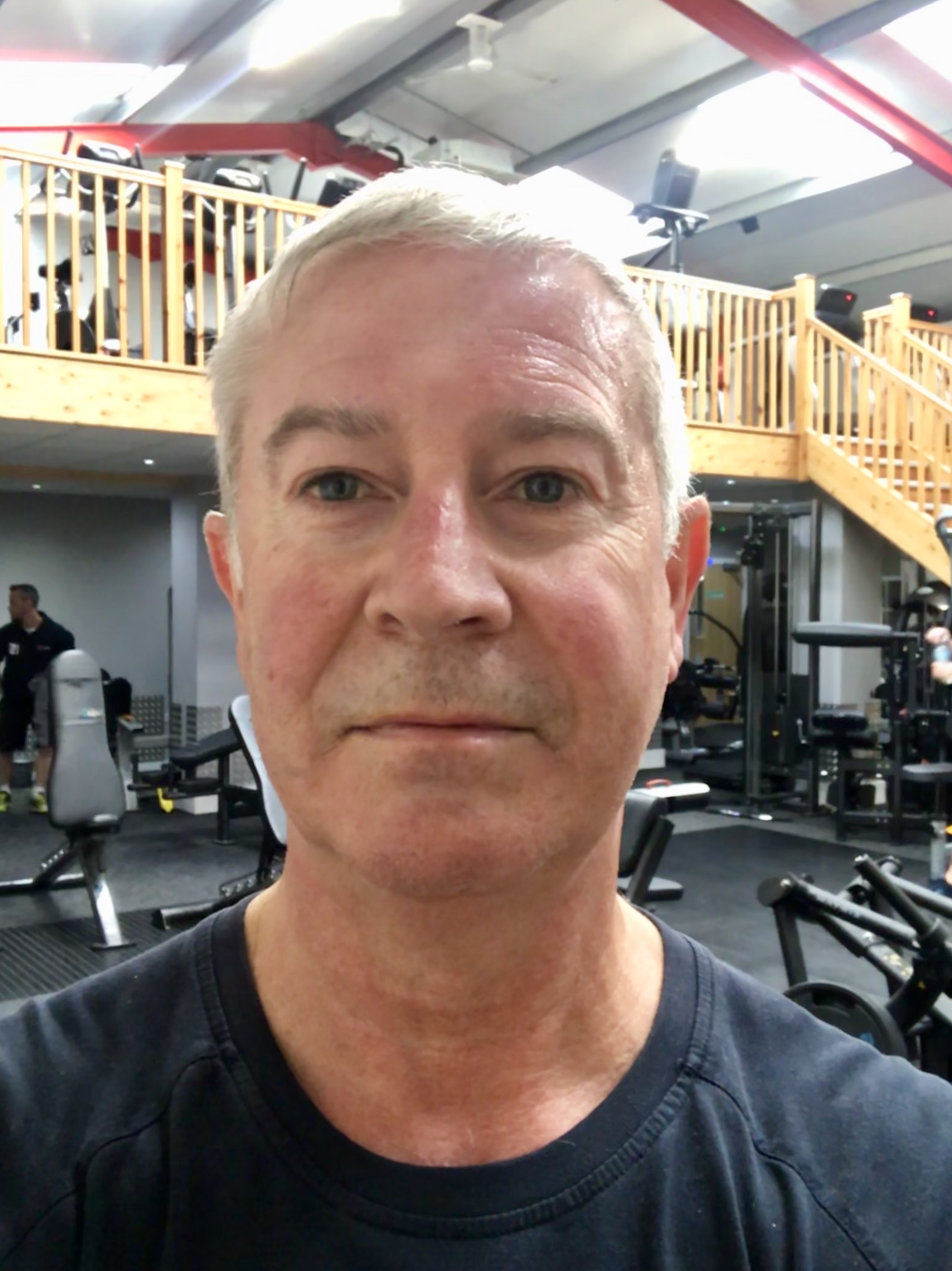Since taking up “cycling with intent” rather than as a mode of transport several years ago to regain fitness I have shied away from the idea of going to a weight training studio as part of my fitness regime; why would I possibly want to bulk myself out, and make myself slower by adding weight to a frame that already struggles to maintain the slimness of my youth....though I can honestly say that I have never been a streamlined “racing snake”, even as a cross-country and middle distance runner I always carried a little bit extra...possibly exacerbated by taking up weightlifting as a hobby while at college. Thankfully, through cycling I can now once again get into the same size jeans that I had when when 25, so not all that bad :-)
 Having read up on how to continue to be able cycle at something nearing a “seniors” competition level I began to understand the idea that strength training made you heavier and slower was a misconception, just a myth.
Having read up on how to continue to be able cycle at something nearing a “seniors” competition level I began to understand the idea that strength training made you heavier and slower was a misconception, just a myth.
So at the age of 57, and understanding that I was now entering the inevitable ageing process that leads to muscle mass loss due to a natural drop in hormones, testosterone, etc, I was drawn to the potential benefits of using weight training to reverse or at least slow down the process.
Following the guidance given at the @trainingpeaks Endurance Coaching Summit, and because I had planned a series of strenuous endurance events, starting with the “Mallorca 312” in April, I decided that I needed to immediately put myself on a twelve week strength programme.
Now it would have been too easy to just rock up at a gym, do the mandatory induction, then crack on with lifting the biggest weights that I could. However, knowing that this would very likely lead to me seriously injuring myself through over-enthusiasm, lack of technique and ill-preparation I decided on following @trainingpeaks advice and create a plan that I knew I could follow and would deliver results.
I split the twelve weeks into three phases:
Preparing for the exercises (through stretches) to give me the right range of movement, concentrating on ankles, hamstrings and hips; this is called the Anatomical Adaption phase;
then graduating onto a series of lifting exercises, using nothing but my own body weight, then light weights; this is referred to as the Muscular Transition phase, and finally;
increasing the weight to just below what is called the one repetition maximum (1RM is the amount that can be lifted once), doing a small number of repetitions at between 85% and 90% of my 1RM weight; this is called the Muscular Strength phase.
I concentrated on my lower body, with a series of exercises consisting of lunges, leg extensions, dead lifts and squats. My regime consisted of 2 to 3 sessions per week, using 3 to 5 sets per exercise and between 10 and 12 1RM repetitions in the Muscular Strength phase.
On the whole I found it much more manageable and doable than I had imagined, the sessions lasting 45 to 50 minutes, twice a week. After each session I felt the same muscular aches that I would have expected from a normal cycling workout, however in the first week I experienced delayed onset of muscle soreness, DOMS for short, which was most acute in my glutes...my physio had mentioned beforehand that I didn’t engage my glutes enough when cycling, or as she said “I had a lazy ass”. The strength training highlighted this in the most painful fashion and taught me to fire my glutes, hamstrings and quads in the right sequence, and hence improve the force I could deliver through the pedal stroke. It is good to learn something new everyday !
Twelve weeks on, I have found that I have increased strength and flexibility in my hamstrings and now engage my glutes, increasing the force transferred to the pedals; there are several local hills that I have climbed with new enthusiasm and personal best times and my ability to do short fast bursts (sprints) has increased.
I haven’t put on any weight, my body fat has decreased by 1%. This does not sound much, but to have lost this fat through dieting alone would have meant having a 600 calorie deficit per week for the twelve weeks.
My lean muscle mass has increased by 2%, an increase of 1.5KG.
The average man can build between 100 grams and 200 grams of lean muscle per month, so my experience was at the upper level of this.
A further benefit that I had not considered is that my bone mass has very slightly increased from 2.8KG to 2.9KG. This was satisfying given that as a rule, cyclists suffer with lower bone density in comparison to other sports such as running and tennis as our sport is non-weight bearing. Any increase at my age is a bonus ! For women, this is beneficial in staving off osteoporosis.
To conclude, adding strength training as a supplement to an existing training plan is beneficial for cyclists and especially so when the ageing process starts to kick in. It does not make you heavier or slower, on the contrary, it makes you stronger, makes you less prone to injury, adds or replaces lost lean muscle mass and can help to build bone density.
Based on my experience, incorporating weight training into a training plan makes a big difference, and hence I have now included strength training into all my coaching programmes.
If you’d like to understand how strength training can help you, or would like advice on where to start, feel free to get in contact grant@cycleforfitness.com
